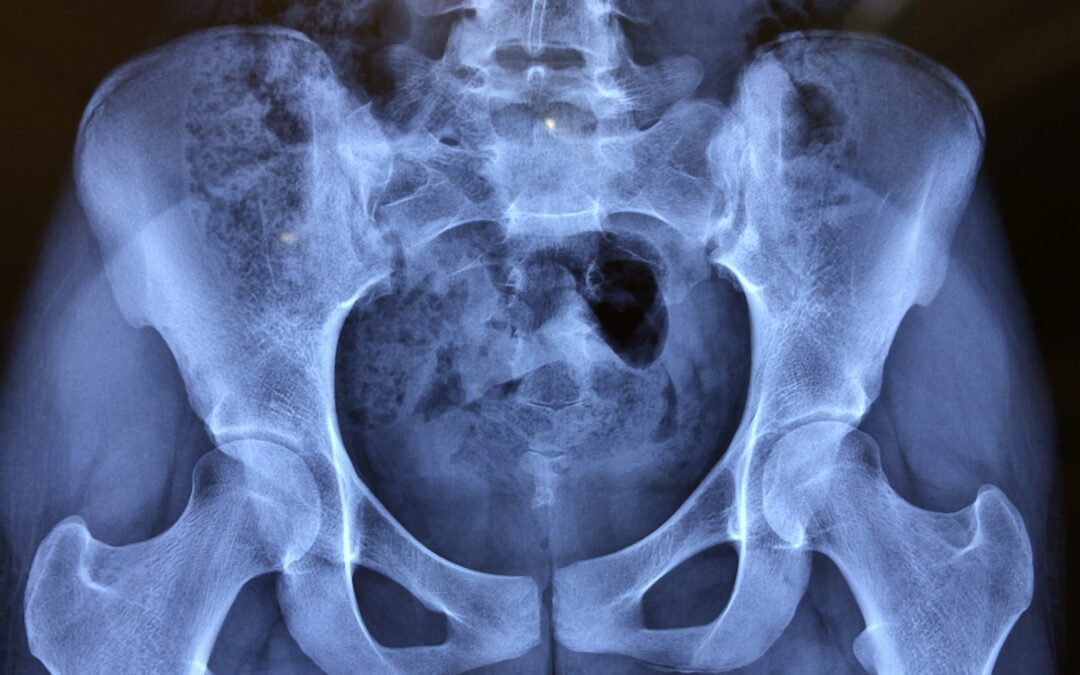Background/Purpose:
The study explores the differences between males and females with axial juvenile spondyloarthritis (axJSpA), a type of juvenile inflammatory arthritis. The goal was to understand if there are distinct clinical and imaging features based on sex.
Methods:
• An international cross-sectional study was conducted.
• Patients included had:
1. Physician diagnosis of JSpA.
2. Symptom onset before age 18.
3. Met criteria for axJSpA.
• Clinical and MRI data were analyzed to compare features between males and females.
• Statistical tests like Pearson’s chi-squared, Fisher’s exact tests, and Wilcoxon rank-sum tests were used.
• Multivariate logistic regression assessed the relationship between MRI findings, sex, HLA-B27 status, and inflammatory marker levels.
Results:
• 143 patients met the criteria; 96 (67.1%) were male.
• 64% were HLA-B27 positive, and 18.1% had a family history of spondyloarthritis.
• Significant findings in males compared to females:
• Higher prevalence of HLA-B27 positivity.
• More frequent hip/groin stiffness.
• Elevated inflammatory markers (≥2x the upper limit of normal).
• Pelvic enthesitis (inflammation where tendons or ligaments attach to bone).
• Subchondral bone marrow edema.
• Sacroiliac joint inflammation on MRI.
• No significant differences were found in peripheral disease manifestations or patient-reported outcomes.
• After adjusting for HLA-B27 status and inflammatory markers, males still showed higher odds of specific inflammatory and imaging findings.
Conclusion:
The study indicates that males with axJSpA show higher rates of HLA-B27 positivity and more severe inflammatory and imaging findings than females. These differences suggest the need to consider sex as a factor in future axJSpA studies and to explore the underlying mechanisms of these disparities.

